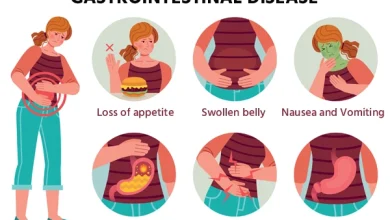Real Estate
5 hours ago
Living the Tropical Dream: Condos for Rent in Pattaya, Thailand
Introduction Pattaya Thailand with its stunning beaches, vibrant nightlife, and tropical climate, is a dream…
Business
9 hours ago
Reddy Anna: Bridging Communitiesv
Introduction In a world often marked by divisions and discord, there are individuals whose life’s…
Business
18 hours ago
Why Do You Need Customized Tableware Packaging Boxes?
Transform your tableware presentation with tailored packaging boxes that enhance brand recognition and protect delicate…

























